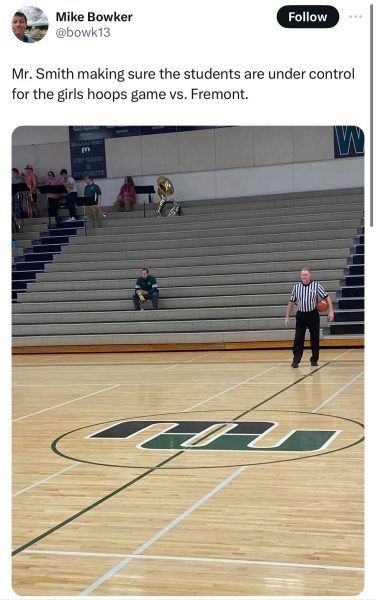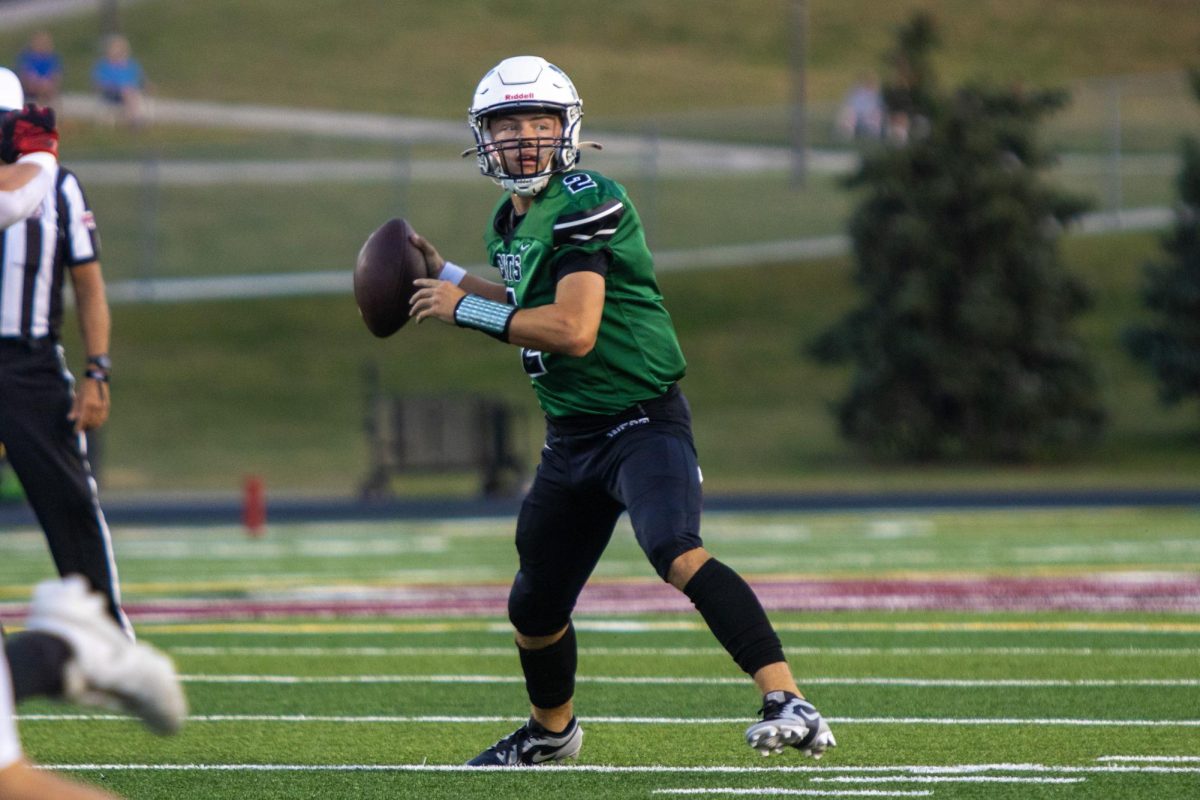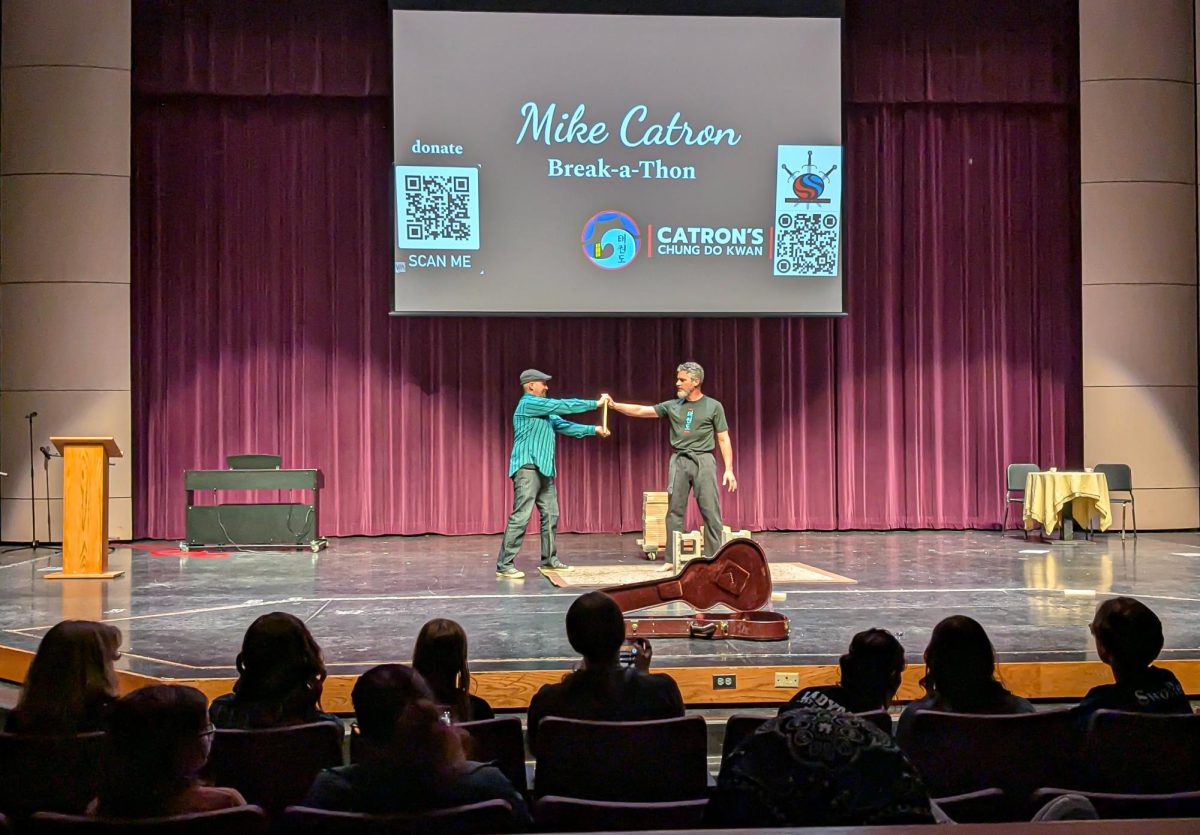Gender inequality is nothing new, especially in professional settings. Although basketball is played the same way in both leagues, when comparing Men and Women’s audience attendance it is almost always less than mens. According to ESPN, roughly 18,000 attend NBA games versus the 6,000 that attend WNBA games.
Following the trend of professional sports, the same is true for high school basketball games. When the Millard West boys varsity team made it to the first round of State in 2021, the students had filled 20+ rows in support of the team. When the girls made State in the 2023 season, there were about five rows of students that came to support.
“It is just honestly disappointing because we worked as hard as the boys did three years ago to get to State,” senior Taylor Hansen said. “It’s so frustrating when you see the amount of students that come for the football games, and the boys basketball games, but a girls sporting event can’t even get half of that. This year we won the best student section award which is well deserved for football and boys basketball, but we can’t even manage to get half of those students at a girls game. I feel like if we are truly the best student section in the state then we should have more support for girls sports.”
While womens coverage in sports has tripled in the past four years, it still is not equivalent to the amount of coverage and support boys teams get. For example, Womens Stats says broadcast rights for men’s NCAA tournaments sold for $10.18 billion in 2010, while women’s tournaments were worth $500 million. Even at Millard West, social media tends to cover more about mens sports.

“I believe that girls basketball hasn’t been shown in a good light for a long time,” senior Brooke Wenninghoff said. “People argue that watching girls basketball is boring or inferior to boys. I believe that this has been a stereotype opposed upon many girl teams. Maybe if we could get an audience to begin with, the games would be or feel less dull.”
Although mens and women’s games are the same, they get played differently depending on the team and some just prefer to watch one or the other.
“There is a huge difference between mens and womens professional sports,” head coach Marc Kruger said. “Men athletes are so much bigger and stronger that it makes it really a different game altogether. You’re not going to see slam dunks and alley-oops in the women’s game, but that also doesn’t mean that it’s less enjoyable.”
As athletes get older, the games do tend to change but that doesn’t mean women’s basketball doesn’t deserve the same support and fanbase as a men’s game.
“I feel like when we have a student section we play with more energy and feel proud to be representing our school,” Hansen said. “Last year, when we played Millard North, it was one of the biggest games of the year for us and they had a full student section, and we had not a single student in our student section. It was really hard playing in that environment because they had people cheering for them, resulting in more energy and momentum, but we had no support other than from parents.”
According to Womens Stats, it is true in the US that 66% of major sports fans indulge in men’s sports yet only three percent consume women’s sports. Leading up to high school, athletes spend their childhood practicing to make it on that varsity court, yet continue to be let down when no one comes to cheer them on.
“Having a whole audience being supportive in the stands makes a world of a difference,” Wenninghoff said. “Of course at times it can be nerve-racking, but ultimately having a full crowd makes the game more fun and motivates the players. Knowing people root for us boosts our self-assurance and makes us want to play the best we can.”
Whether you’ve attended a women’s basketball game or not during your time at Millard West, consider the difference your support can make while representing the school.









